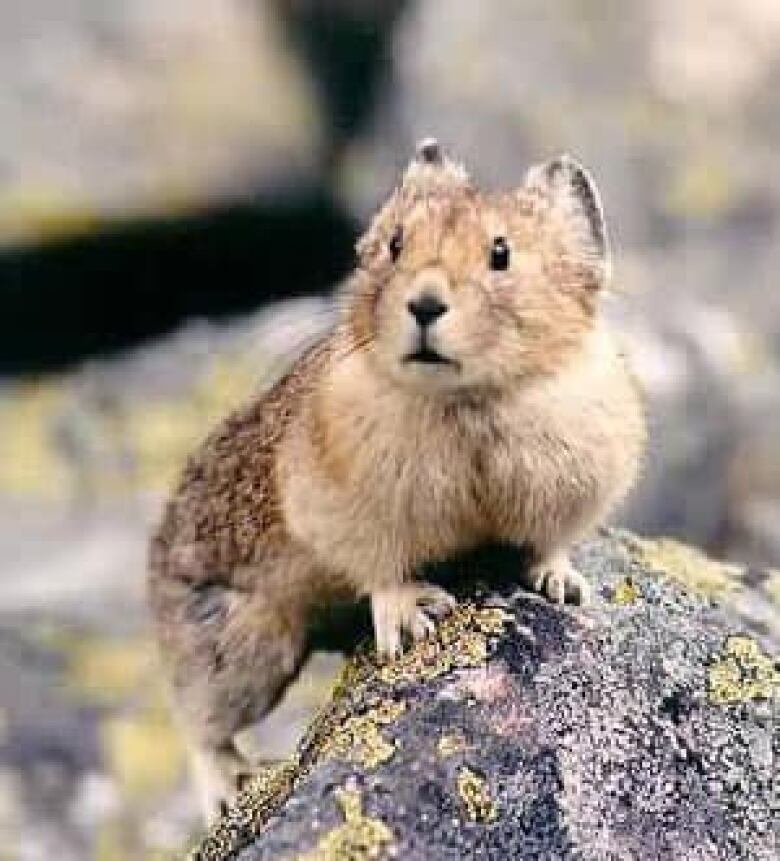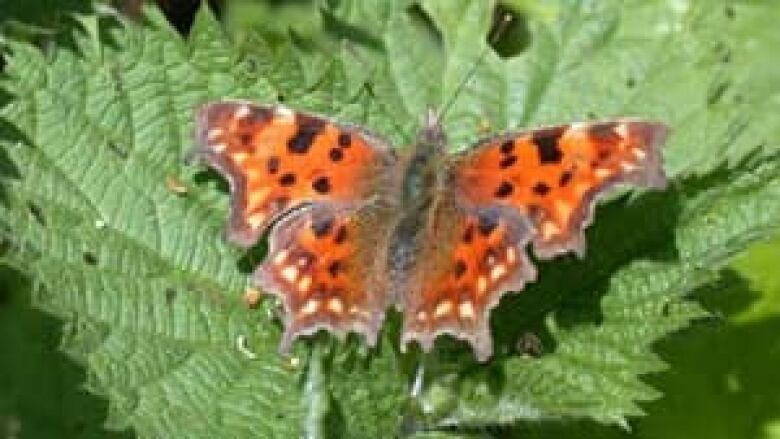Global warming pushes species north
New research shows insects, animals and plants are on the move north toward cooler climates as they try to escape the effects of global warming.

About 2,000 species examined are moving away from the equator at an average rate of more than five metres per day, about 1 kilometres a year, according to new research published Thursday in the journal Science, which analyzed previous studies.
Species are also moving up mountains to escape the heat, but more slowly, averaging 1.2 metres a year.
Plants and animals that lived comfortably near the equator are essentially migrating for their survival.
The species mostly from the Northern Hemisphere have moved in fits and starts, but over several decadestheshift hasaveraged about 20 centimetres an hour away from the equator.
"The speed is an important issue," said study main author Chris Thomas of the University of York. "It is faster than we thought."
Temperatures rising
Included in the analysis was a 2003 study that found species moving north at a rate of more than 500 metres per year andhigher at a rate of 0.6 metres a year.
Camille Parmesan of the University of Texas, who conducted that study, said the new research makes sense because her data ended around the late 1990s, and the 2000s were far hotter.
Gases from the burning of fossil fuel, especially carbon dioxide, are trapping heat in the atmosphere, warming the Earth and changing the climate in several ways, according to the overwhelming majority of scientists and the world's top scientific organizations.
As the temperatures soared in the 2000s, the species studied moved faster to cooler places, Parmesan said.
The movement of the species is "independent confirmation that the climate is changing," Parmesan said.
She pointed specifically to the city copper butterfly in Europe and the purple emperor butterfly in Sweden.
Spider migration
One of the faster moving species is the British spider silometopus, Thomas said. In 25 years, the small spider has moved its home range more than 320 kilometres north, averaging 13 kilometres a year, he said.
The comma butterfly in Britain has moved more than 217 kilometres in 21 years, Thomas said.
Stanford University biologist Terry Root, who wasn't part of this study but praised it as clever and conservative, points to another species, the American pika, a rabbit-like creature that has been studied in Yellowstone National Park for more than a century.
The pika didn't go higher than 2,377 metres in 1900, but in 2004 they were seen at 2,895 metres, she said.
Tropical fish in Maritimes
Jeremy Kerr of the University of Calgary said something similar is happening in Canada's temperate climate.
Twenty years ago, a giant swallow-tailed butterfly was spotted in Ottawa after a hurricane blew it north. It didn't survive long.
Today though, thousands of the butterflies are breeding and thriving all over Ontario.
He said it's a dangerous sign and one that humans would be foolish to ignore.
"When you shuffle the deck biologically what you do is you change the way ecosystems work and you begin to change the way the life-support system that humans themselves depend upon actually works," said Kerr.
Andrew Hebda, curator of zoology at the Museum of Natural History in Halifax, says that tropical fish are showing up in Maritime waters.
"We've got over 70 species of tropical fish that are coming to Nova Scotia waters. You can go to St. Margarets Bay right now and you can catch triggerfish the things you see nibbling away at the coral reefs down in the south," he said.
Temperature, migration correlate
For Thomas,the movement ofspecies issomething he notices every time he returns to his childhood home in southern England.

The 51-year-old biologist didn't see the egret, a rather warm climate bird, in the Cuckmere Valley while growing up. But now, he said, "All the ditches have little egrets. It was just a bizarre sight."
Thomas plotted the movement of the species and compared it to temperature changes.
It was a near perfect match, showing that temperature changes explain what is happening to the critters and plants, Thomas said. The match wasn't quite as exact with the movement up mountains, and Thomas thinks that is because species went north instead or they were blocked from going up.
Thomas found that the farther north the species live, the faster they moved their home base. That makes sense because in general northern regions are warming more than those closer to the equator.
Thomas said what he has studied is not about some far-off problem.
"It's already affected the entire planet's wildlife," Thomas said in a phone interview. "It's not a matter that might happen in the lifetime of our children and our grandchildren. If you look in your garden you can see the effects of climate change already."
With files from The Associated Press












_(720p).jpg)


 OFFICIAL HD MUSIC VIDEO.jpg)
.jpg)



























































































